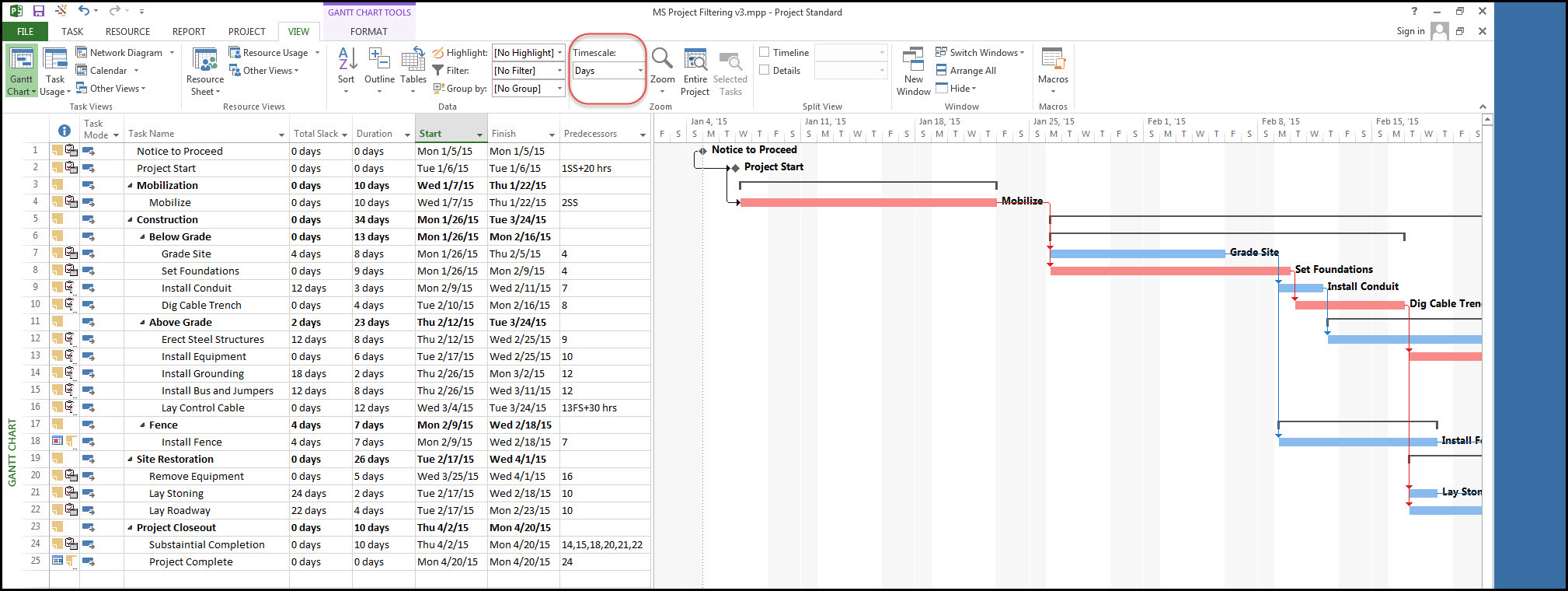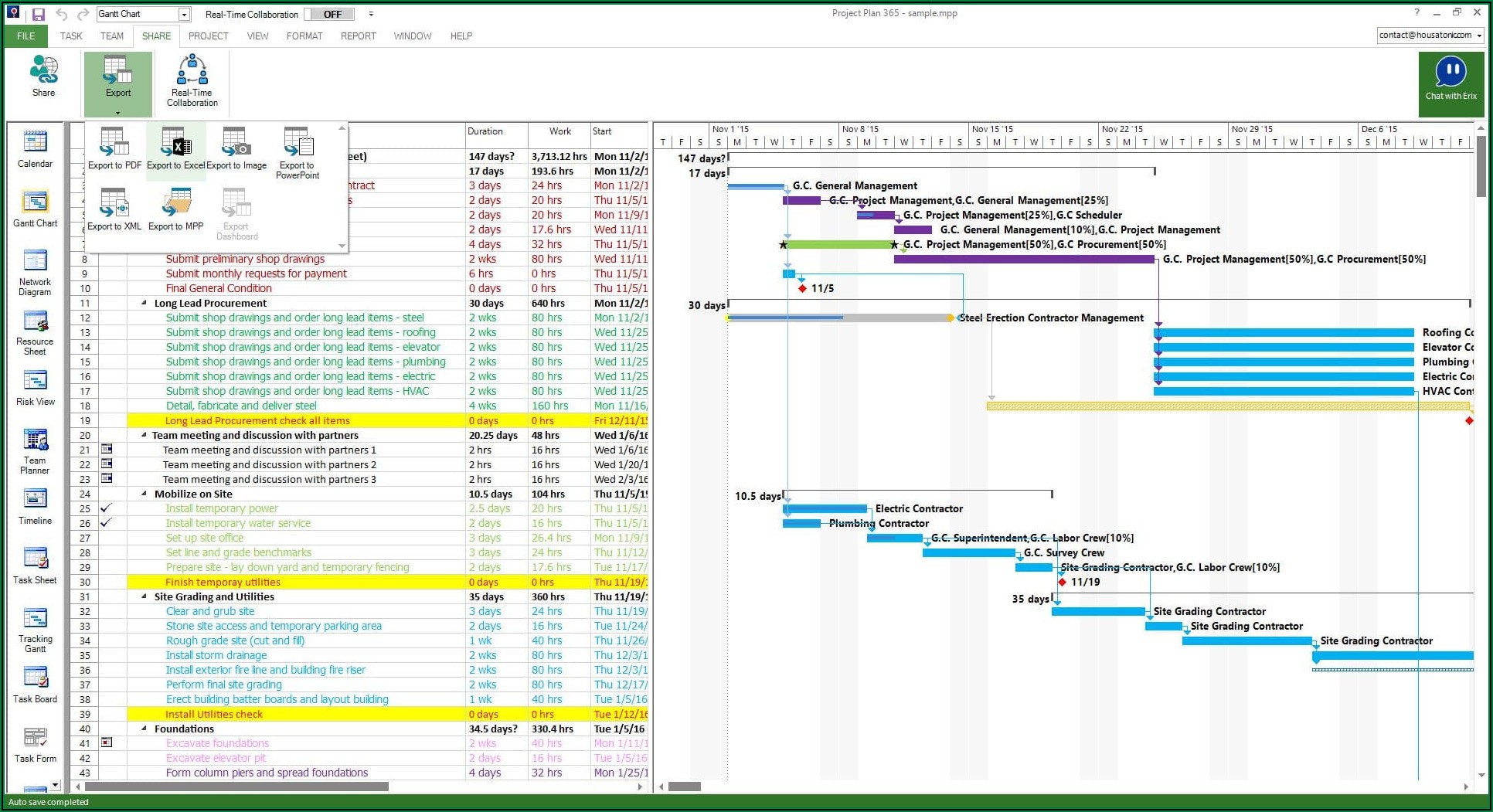

It allows you to see how much work has been completed, how much work is remaining, and when the work will be finished. The task Gantt chart is commonly used to manage projects and tasks. Below, we will discuss the two most common types of Gantt charts: task and resource. There are a few different types of Gantt charts, each with its own set of advantages and disadvantages. They’re also useful for tracking budgets and resources, as well as making sure that everyone responsible for a project is fully aware of its status at all times. Gantt charts are great for tracking both short-term and long-term goals, as well as for planning work shifts and rotations.


The tasks are then arranged according to their due dates, with the earliest task taking priority. This chart is usually divided into days (or weeks, depending on how large the project is), and each day has a set number of tasks assigned to it. There are several different types of Gantt charts, but the most common is the traditional Gantt chart. It’s typically used in businesses to track the progress of tasks and deadlines, and it can be very helpful in keeping everyone on track. Which method should you use? That’s up to you! What Is A Gantt Chart?Ī Gantt chart is a type of timeline that can be used to plan and manage projects. However, there are times when the Timeline method may be a better choice.įor instance, if you’re dealing with a long project that has multiple phases, a Timeline can be more effective in highlighting each stage and minimizing confusion. This basic visual tool is simple to understand, easy to use, and can help you stay organized and on track. When it comes to planning and managing projects, many people prefer the Gantt Chart method.


 0 kommentar(er)
0 kommentar(er)
